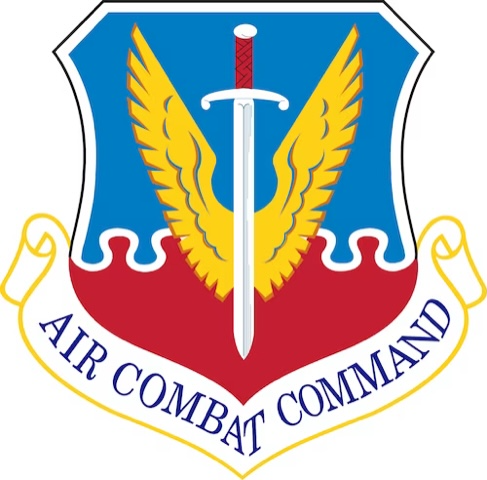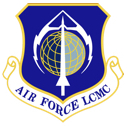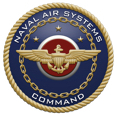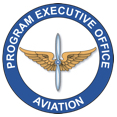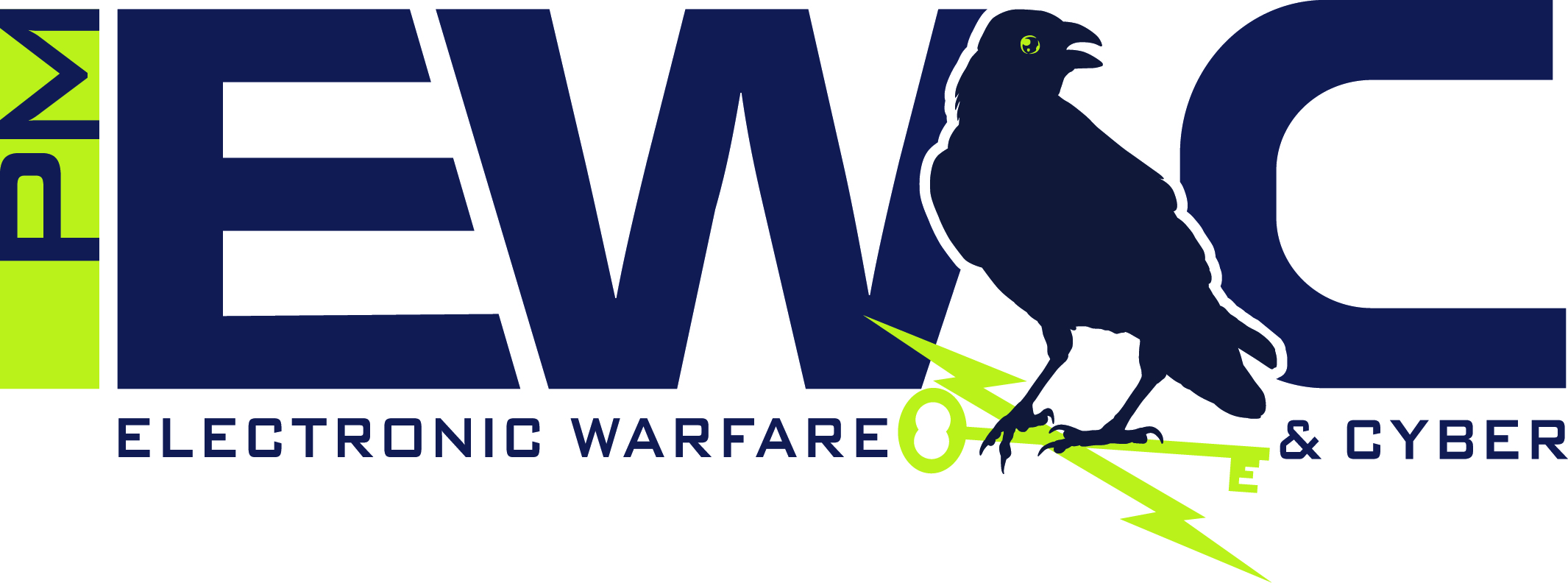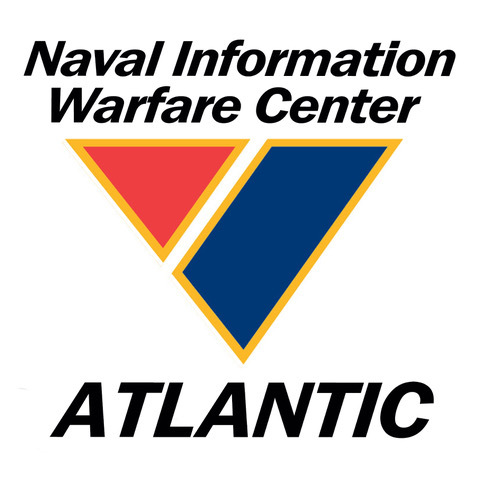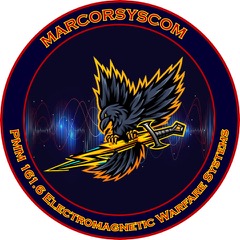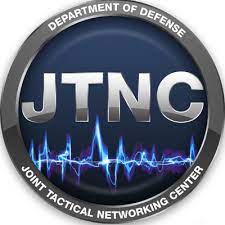John Wranovics, for The Open Group SOSA Consortium:
Hi Mike, let’s start with your title at L3Harris and your participation in the Sensor Open Systems Architecture™ (SOSA) Consortium
Mike Orlovsky:
I'm a senior scientist with L3Harris. My role is to focus on open system architectures, the modular open system approach, and model-based system engineering. I’m focused on the high-performance needs of sensor and signal processing. In the SOSA™ Consortium, I serve as the Business Working Group (BWG) chair. My involvement with the SOSA Consortium started around the 2015 timeframe, and I've been working with open system architectures since the early ‘90s. In that time, we’ve seen tremendous growth, with the emergence of reference architectures and the defining of the hardware and software implementation of those reference architectures.
Before my participation in the SOSA Consortium, I was with a small team focused on application of the Future Airborne Capability Environment™ (FACE) Consortium products. We joined a large team demonstrating a software defined system applying the FACE Technical Standard. Our group demos were centered around the sensor portions of the mission system.
These demos clearly showed the significant value of application reuse, but my biggest takeaway was the benefits realized at the integration phase. With open systems, and the conformance checking tools on those interfaces — even though we were working with sophisticated sensor systems — integration went a lot quicker.
John Wranovics, for The Open Group SOSA Consortium:
So, the FACE Consortium provided an example or model for the SOSA Consortium, but from a software perspective?
Mike Orlovsky:
The answer is yes, but it’s threefold. Yes, the FACE Consortium provided a model framework for standards development that SOSA was able to leverage. Yes, the FACE consortium hosted SOSA working groups for about 18 months until the SOSA Consortium officially stood up. And, yes, the SOSA Technical Standard leverages the FACE software and data standards, and the FACE Consortium. Given my experience with open systems, with consortium-based standards development, the FACE Technical Standard and my keen interest in making sensors more agile, I took a role in the SOSA Consortium. I was the inaugural software working group chair. As the consortium grew, the Software Working Group evolved into the Software Environment Subcommittee, which was led by Michael Majors, as I transitioned to the chair of the Business Working Group.
John Wranovics, for The Open Group SOSA Consortium:
Do you still participate in the FACE Consortium?
Mike Orlovsky:
Unfortunately, I don’t have time to participate as much and as directly in the FACE Consortium as I would like. I have several colleagues at work that remain focused on the FACE Technical Standard that meet weekly. So, I can actively follow and provide inputs to the FACE consortium through them, while I remain focused on the SOSA Business Working Group.
John Wranovics, for The Open Group SOSA Consortium:
Under your leadership, the BWG has developed the SOSA Business Guide and will soon release the SOSA Acquisition and Contracting Guide. Were those assets modeled on preexisting and similar FACE documents or were you starting from scratch?
Mike Orlovsky:
There were, I believe, two prior BWG chairs and an initial release of the Business Guide. When I became chair, George Dalton was the vice chair. George and I worked out our vision for what the BWG products would be. Our fundamental charter was to focus on the business aspects of the SOSA Technical Standard deliverables to complement an exceptional team working on the technical standard. We had two existing subcommittees, one focused on Business Architecture, and the other on Outreach, working on the external facing side of the SOSA Consortium market. The Outreach Committee, co-chaired by Valerie Andrew and Gina Peter, is very closely engaged in communicating to the outside world. For example, they work closely with groups like the Association of Old Crows (AOC), and Association of the United States Army (AUSA), and they reach out to different communities to share the SOSA Consortium message. In the Business Architecture subcommittee, co-lead by Mondo Mikhail, Pete Jha, and Jeff Evans, we define the set of products needed to support the SOSA Consortium business ecosystem. So, when a company or program is looking to use and apply the SOSA Technical Standard, we’ve developed and provided them with the information they would need. We’ve laid out, and are delivering on a plan, for the different guides to help interested people understand the SOSA Consortium Business Ecosystem.
John Wranovics, for The Open Group SOSA Consortium:
So, the Business Guide makes the case for the SOSA Consortium, explaining to the reader what the benefits of the SOSA Technical Standard are, while the Acquisition and Contracting Guide, provides the reader, once convinced, how they would go about using and implementing the SOSA Technical Standard?
Mike Orlovsky:
The Business Guide provides the overall picture. When released, the Acquisition and Contracting Guide will provide specific guidance and examples language that various acquisition authorities can tailor to meet their program needs. This will help to ensure customers receive SOSA aligned products that will deliver the MOSA benefits they are trying to achieve. The Acquisition and Contracting Guide is now in formal review and should be released by May of 2023.
To help ensure customers get what they want, we’ve also started working on a Supplier Guide, to help suppliers prepare for this new marketplace. Specifically, the purpose of the Supplier Guide is to help suppliers progress through the SOSA ecosystem starting from a design, through conformance, to producing a product that is conformant to the SOSA technical standard. We’ll be developing the Supplier Guide throughout 2023, and we encourage customers and suppliers to engage in the consortium to help design a more productive SOSA marketplace.
John Wranovics, for The Open Group SOSA Consortium:
So, the Supplier Guide will take them through the process from inception to deployment.
Mike Orlovsky:
Exactly. With complex systems, you can have many interpretations, so the guide helps you get started very quickly. The Business Guide, Acquisition and Contracting Guide, and Supplier Guide are all developed to be in harmony with the conformance program, the technical standard, and the reference implementation guide. Together, they are all part of the SOSA Technical Standard body of knowledge that will create a more efficient and innovative sensor marketplace.
John Wranovics, for The Open Group SOSA Consortium:
When you were putting the Acquisition and Contracting Guide together, what were some of the most common questions that you wanted to address?
Mike Orlovsky:
Many of us have developed proposals in the past and, given our experience and perspective, we wanted to explain what that actually meant from a business perspective, rather than to simply issue a one line edict saying, “You shall be SOSA conformant.” Providing consistent reference language that a supplier will recognize will also help them as they are developing their response to an RFP.
The Acquisition and Contracting Guide is intended to provide the business framework to help ensure a more efficient marketplace for sensor solutions that deliver the benefits of MOSA. The Acquisition and Contracting Guide is, therefore, more focused on the management and contracting personnel. It is intended to complement the technical standard and it assumes that there will be engineering counterparts defining the needed SOSA Technical Standard profiles and requirements.
John Wranovics, for The Open Group SOSA Consortium:
So, help me understand. Is the Acquisition and Contracting Guide audience intended to convince the acquisition community to establish SOSA Technical Standard requirements or to help define SOSA Technical Standard requirements as accurately as possible.
Mike Orlovsky:
The Business Guide makes the case to establish the SOSA Technical Standard requirements and the Acquisition and Contracting Guide helps to define effective Modular Open Systems Approach (MOSA) strategies and contracts by leveraging the SOSA Technical Standard. Since the Tri Service joint memorandum, the Government is looking for solutions that are based on open standards. The SOSA Technical Standard allows the development of sensors that are more agile and more adaptable using open interfaces. The SOSA Technical Standard helps to break apart stove-piped solutions and provides customers the ability to involve a wider portion of the industry and encourages more creative and competitive solutions to the problem.
John Wranovics, for The Open Group SOSA Consortium:
So, to realize the full potential of the SOSA Technical Standard, which is to get new techniques out to the field as soon as possible, and accelerate the deployment of innovative new solutions, you open the field to as many suppliers as possible by moving away from a bespoke locked-in supplier world. The Acquisition and Contracting guide is crafted to help the widest number of potential respondents clearly understand what's being asked for and what's being called out. Essentially, to throw out the widest net possible to encourage and stimulate the greatest amount of creativity, imagination, and innovation?
Mike Orlovsky:
Yes, it really is to help open that space to different suppliers so that, through open architectures, they can offer components that will plug in and address the acquirer’s need. This reduces barriers to entry to companies that may not be able to compete at the system level. It truly widens the aperture. Innovation is therefore encouraged at the module level, and a company’s intellectual property — their “secret sauce” — is bounded by open interfaces, but also protected, so they can achieve higher returns on their investment through reuse, upgrades, and sustainment of their products. That’s a double-edged sword however, because if they rest on their laurels, the open interfaces also allow them to be replaced. That market pressure ensures investment dollars stay focused on innovation which is where our customers and technical teams both want to be.
John Wranovics, for The Open Group SOSA Consortium:
In the process, was there anything that surprised you the most?
Mike Orlovsky:
I’d have to say that I was most surprised by how hard it was to get input from subject matter experts from the acquisition community. With everything going on in the world, these folks are highly tasked, so at times we had to get creative to tap into the expertise and experience of acquisition authorities. We reached out to the various service branches to get their input, we provided sample language for them to review, and we invited their advice. It took a bit longer, but in the end, the guide reflects the work and experience of many people and organizations.
John Wranovics, for The Open Group SOSA Consortium:
And that's again proof of the value of the consortium model. Instead of working in a vacuum, you had a feedback loop from the ultimate beneficiary of such a guide?
Mike Orlovsky:
Right. The consortium model for the SOSA Technical Standard has worked extremely well. The service branches and the government side have been very active participants. Similarly, we also have a wide breadth of industry participating, ranging from smaller Tier 3 suppliers to Tier 2 and Tier 1 suppliers. It’s impressive how that cross section works together. At our Face-to-Face meetings, we're drawing upwards of up to 150 and 160 participants. And the consortium can leverage all that experience, which then is reflected in our various products, which in this case, is the Acquisition and Contracting Guide.
John Wranovics, for The Open Group SOSA Consortium:
I assume this will be a living document?
Mike Orlovsky:
Yes. Each of our three guides will go through a revision and modification process very similar to the technical standard, as we learn things and as the ecosystem adapts and evolves. Updates are planned nominally on a 3-year drumbeat at which time the guides will be revisited and either confirmed as still good, or revised to reflect lessons learned. Since, of course, we will all be three years smarter.
John Wranovics, for The Open Group SOSA Consortium:
Is there anything that I didn't touch on or ask that you were looking forward to me bringing up?
Mike Orlovsky:
The one thing that I'm probably most proud of is that we have this exceptional team of talented individuals in the BWG all working on defining these documents. There's usually a point person to take ownership and get the document through the challenging periods, but it really is the whole team that that's working on and supporting the overall effort. I’m also proud how L3Harris, a principal member in the SOSA consortium, has supported my participation and that of my other colleagues. This work has been very professionally rewarding. Even on those challenging afternoons during Face-to-Face meetings when working on consensus results in spirited discussions!
